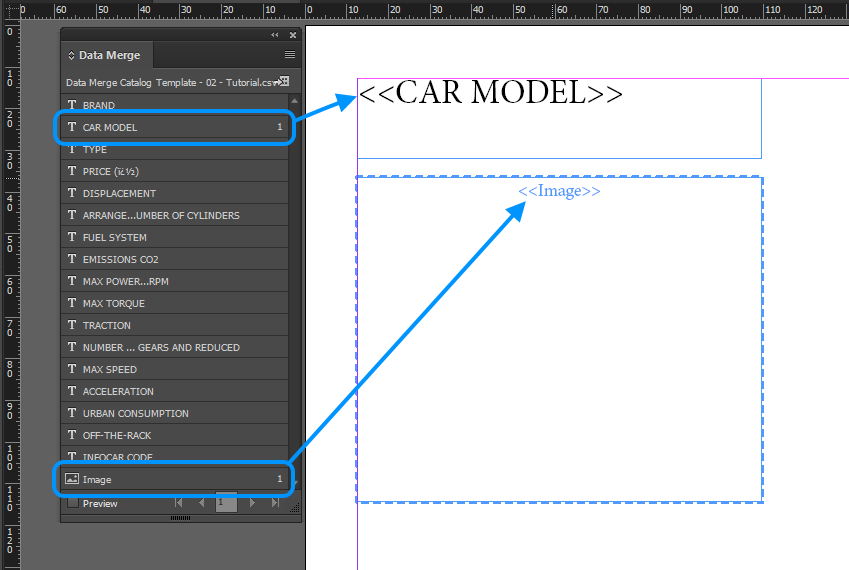

Soft data looks at site conditions that can be changed. Hard data looks at more concrete elements such as site boundaries, site areas, utility locations, contours, dimensions, site features, climate, legal information. Early site investigations should look at hard data. From this, we are able to establish which elements we consider to have a negative impact on the site or proposed design and which conditions have a more positive influence. The general categories of data we will be looking at as we carry out our architectural site analysis are: This allows us to create a hierarchy and gives a more systematic approach to understanding our data and developing the design. Neighbourhood context – the immediate surrounding of the site including data on zoning and buildings and other impacts on our project.Zoning and size – dimensional considerations such as boundaries, easements, height restrictions, site area, access along with any further plans.Legal information – ownership, restrictions or covenants, council related information, future urban development plans.

Natural physical features – actual features of the site such as trees, rocks, topography, rivers, ponds, drainage patterns.Man made features – existing buildings, walls, surrounding vernacular, setbacks, materials, landscaping, scale.Circulation – Vehicle and pedestrian movements in, through and around the site.Consider the timing of these movements, and duration of heavier patterns. Utilities – Any electricity, gas, water, sewer and telephone services that are situated in or near the site, along with distances, depths and materials.įuture traffic and road developments should also be considered.Climate – all climatic information such as rainfall, snowfall, wind directions, temperatures, sun path, all considered during the different times of the year.Sensory – this addresses the visual, audible and tactile aspects of the site, such as views, noise, and so on.#Indesign data merge images relative path pdf#.#Indesign data merge images relative path how to#.


 0 kommentar(er)
0 kommentar(er)
